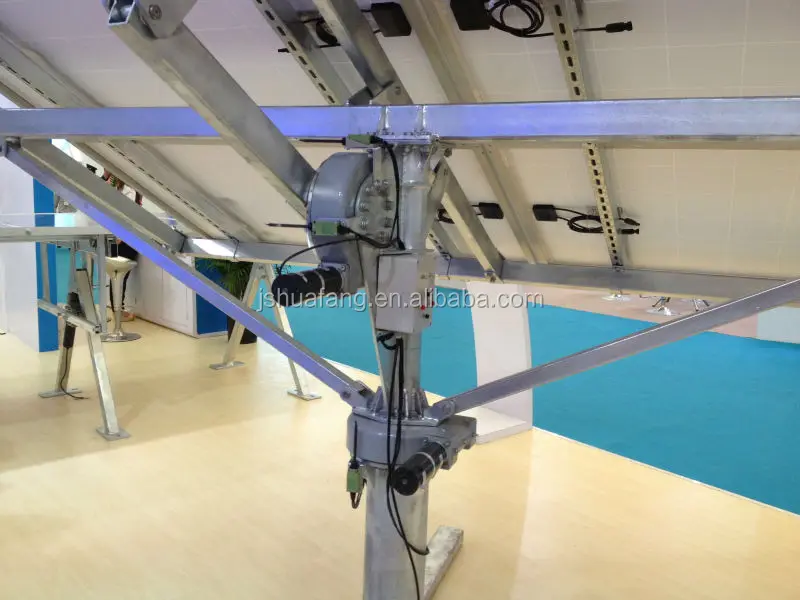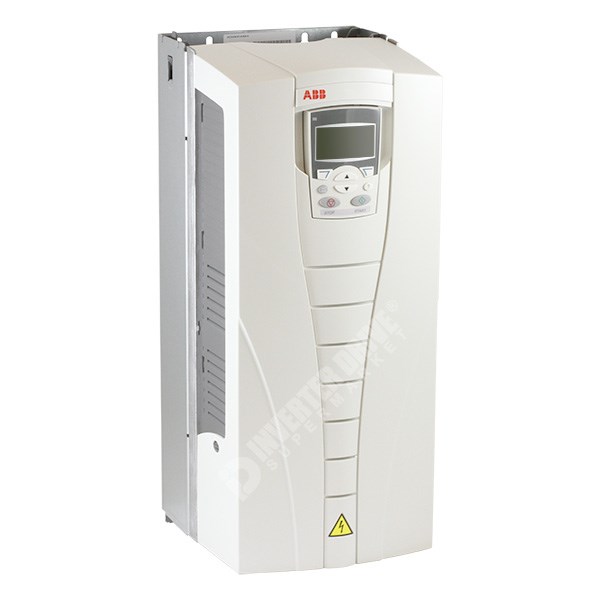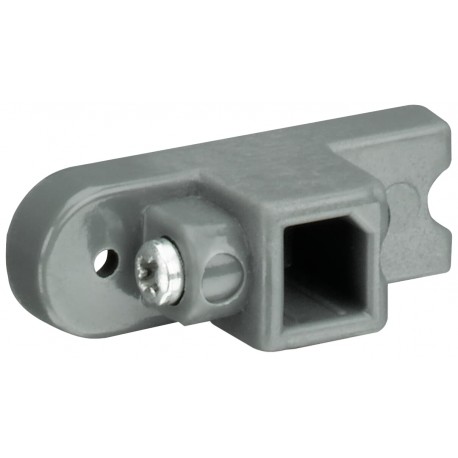ABB Driver
| Note: This tutorial assumes basic familiarity with the ABB robot controller. Consult the manufacturer's documentation for further details on any of the steps listed in this tutorial. |
All files in the abbdriver/rapid (Indigo and later) directory should be copied to the robot controller. This tutorial assumes the files are copied to a 'ROS' subdirectory under the system's HOME directory (e.g. Go to Application. ABB Drive Care ABB Discrete Automation and Motion ABB Discrete Automation and Motion.
ABB is a leading global technology company that energizes the transformation of society and industry to achieve a more productive, sustainable future. With a history of excellence stretching back more than 130 years, ABB’s success is driven by about 110,000 talented employees in over 100 countries. 1005 Jobs available Worldwide. For your convenience, they are simple to set up, and the drives integrate seamlessly into building management and automation systems. With the reassurance of ABB’s global service network, you know no matter where the HVAC system is installed, ABB is close. ABB is a leading global technology company that energizes the transformation of society and industry to achieve a more productive, sustainable future. With a history of excellence stretching back more than 130 years, ABB’s success is driven by about 110,000 talented employees in over 100 countries.
| Please ask about problems and questions regarding this tutorial on answers.ros.org. Don't forget to include in your question the link to this page, the versions of your OS & ROS, and also add appropriate tags. |
Keywords: ABB, Industrial, IRC5
Tutorial Level: INTERMEDIATE
Next Tutorial: Next, you'll learn how to run and manage the ABB ROS Server Running the server
Contents

- Configuring Controller Settings
This tutorial has two parts: installing server code and configuring the controller with the appropriate tasks.
Prerequisites
The ABB ROS Server code is written in RAPID, using a socket interface and multiple parallel tasks. The code was originally tested on an IRC-5 controller, with an IRB-2400 robot, but other combinations should also work. The following controller options are required:
623-1: Multitasking
672-1: Socket Messaging (in recent RobotWare versions, this option is included with 616-1: PC Interface)
RobotWare OS version 5.13 or later is required due to the use of certain socket options. Earlier versions may work, but will require modifications to the RAPID code.
Installing Server Code
All files in the abb_driver/rapid (Indigo and later) directory should be copied to the robot controller. This tutorial assumes the files are copied to a 'ROS' subdirectory under the system's HOME directory (e.g. /<system>/HOME/ROS/*).
See the manufacturer's documentation for file-transfer methods. RobotStudio Online and USB drives are often convenient methods to transfer files to the controller.
Configuring Controller Settings
The ROS Server code requires 3 tasks. Some modules are loaded to specific tasks, and others are shared between tasks, as described below:
File Overview
- Shared by all tasks
ROS_common.sys -- Global variables and data types shared by all files
ROS_socket.sys -- Socket handling and simple_message implementation
ROS_messages.sys -- Implementation of specific message types
- Specific task modules
ROS_stateServer.mod -- Broadcast joint position and state data
ROS_motionServer.mod -- Receive robot motion commands
ROS_motion.mod -- Issues motion commands to the robot
Create Tasks
Browse to Controller tab → Configuration Editor → Controller → Task, then right-click New Task
(In RobotStudio 5, this is found under ABB → Control Panel → Configuration → Topics → Controller → Task)
- Create 3 tasks as follows:
Name
Type
Trust Level
Entry
Motion Task
ROS_StateServer
SEMISTATIC
NoSafety
main
NO
ROS_MotionServer
SEMISTATIC
SysStop
main
NO
T_ROB1
NORMAL
main
YES
It is easiest to wait until all configuration tasks are completed before rebooting the controller.
NOTES:
The T_ROB1 motion task probably already exists on your controller.
If T_ROB1 has existing motion-control modules, you may need to rename the main() routine in ROS_Motion.mod to ROS_main(). In this case, set the Entry point for T_ROB1 task to ROS_main().
For multi-robot controllers, specify the desired robot (e.g. rob1) for each task
SEMISTATIC tasks will auto-start when controller is booted. They are visible, but cannot be easily seen for troubleshooting. For debug or development purposes, it may be desired to set both ROS_*Server tasks to Type=NORMAL.
Create Signals
Browse to Controller tab → Configuration Editor → I/O System → Signal, then right-click New Signal
(In RobotStudio 5, this is found under ABB → Control Panel → Configuration → Topics → I/O → Signal)
- Create 7 signals as follows:
Name
Type of Signal
signalExecutionError
Digital Output
signalMotionPossible
Digital Output
signalMotorOn
Digital Output
signalRobotActive
Digital Output
signalRobotEStop
Digital Output
signalRobotNotMoving
Digital Output
signalRosMotionTaskExecuting
Digital Output
It is easiest to wait until all configuration tasks are completed before rebooting the controller.
Tie Signals to the System Outputs
Browse to Controller tab → Configuration Editor → I/O System → System Output, then right-click New System Output
(In RobotStudio 5, this is found under the ABB → Control Panel → Configuration → Topics → I/O → System Output)
- Add one entry for signal as follows:
Signal Name
Status
Arg 1
Arg 2
Arg 3
Arg 4
signalExecutionError
Execution Error
N/A
T_ROB1
N/A
N/A
signalMotionPossible
Runchain OK
N/A
N/A
N/A
N/A
signalMotorOn
Motors On State
N/A
N/A
N/A
N/A
signalRobotActive
Mechanical Unit Active
ROB_1
N/A
N/A
N/A
signalRobotEStop
Emergency Stop
N/A
N/A
N/A
N/A
signalRobotNotMoving
Mechanical Unit Not Moving
ROB_1
N/A
N/A
N/A
signalRosMotionTaskExecuting
Task Executing
N/A
T_ROB1
N/A
N/A
Load Modules to Tasks
Browse to Controller tab → Configuration Editor → Controller → Automatic Loading of Modules, then right-click New Automatic Loading of Modules
(In RobotStudio 5, this is found under ABB → Control Panel → Configuration → Topics → Controller → Automatic Loading of Modules)
- Add one entry for each server file as follows:
File
Task
Installed
All Tasks
Hidden
HOME:/ROS/ROS_common.sys
NO
YES
NO
HOME:/ROS/ROS_socket.sys
NO
YES
NO
HOME:/ROS/ROS_messages.sys
NO
YES
NO
HOME:/ROS/ROS_stateServer.mod
ROS_StateServer
NO
NO
NO
HOME:/ROS/ROS_motionServer.mod
ROS_MotionServer
NO
NO
NO
HOME:/ROS/ROS_motion.mod
T_ROB1
NO
NO
NO
After the last change, select YES to restart the controller and apply the changes.
Abb Drives Distributor Locator
Updating Software
To update robot-server files with new code versions, use the following procedure to ensure that the changes are actually applied:
- Copy the new/updated files onto the robot controller, as before.
Restart the controller using a P-Start
ABB → Restart → Advanced → P-Start → OK
NOTE: This will erase any existing modules that have been loaded to memory. This may cause compilation issues on restart. If this is a concern, try another method: Warm Start, manually reloading modules (may require setting SEMISTATIC tasks to NORMAL tasks), etc.
- After the controller reboots, the new changes should be active.


Abb Drive Rep

ABB AC Drives
Abb Drive Tech Support
Kudamm Corporationhas been an Authorized Value Provider for ABB since 1999 and have consistently been one of their top performing sales and support channel partner since that time. We have a dedicated ABB AC Drive sales and support team, and our product knowledge is second to none. We stock the latest ABB low voltage products and our expert technicians can advise you on any ABB low voltage product.
Our comprehensive portfolio includes ABBAC DriveACS150, ACS355, ACS380, ACS310, ACS550, ACS560, ACH550, ACS580, ACS880, ACSM1 and many more. All our ABB drives whether micro, industrial or HVAC help in improving process efficiency, reducing energy consumption, and improving productivity. The drives support connectivity to automation and BMS networks. A large range of drives are stocked and we can custom stock holding to suit your needs. ABB Drives are suitable for pumps, fans, conveyors, material handling machines, excercise equipments, white goods, gates, doors, barriers, compressors, cutting machines, extruders, machine tools, mixers, stirrers, spinning machines, centrifuges and processing line applications. In a span of 30 years, we have supplied our ABB Drives to all industries like chemical, automotive, plastic, pharma, power, cement, rubber, mines, heavy engineering, steel and a plethora of other industries in India as well as abroad.
Because of our sales volume, we can offer our customers the best prices possible and our in-house stock levels allow us to provide immediate delivery for almost every AC variable drive ranging from 0.8KW to 110KW in both HVAC and Standard drives.
